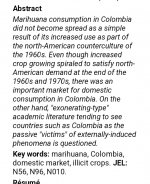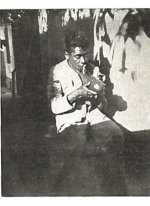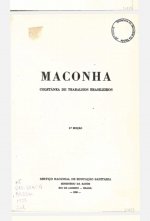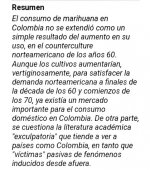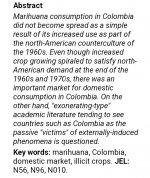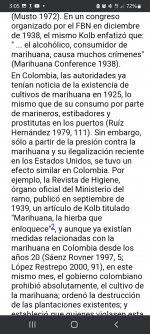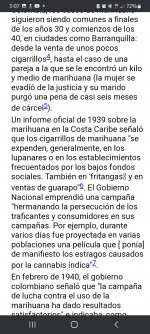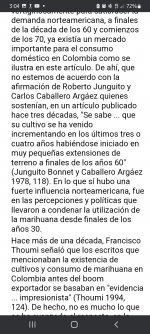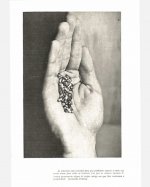When words fail go with an emoji.I think you mean TIME magazine and that is by no means any reference on truth in this matter or any other as far as i'm concerned.
Regardless its an interesting possibility. More so for me that have found totally Thai phenotypes come up once in a blue moon among my Punto Rojo.
In the long run in that scenario the introduced variety would just be absorbed by the sheer numbers and huge genetic pool of the native species and thats just science.
My experience is that the plant has remained the same.
I do definetely get the impression that certain folks want to push a narrative that Colombian landrace Cannabis is not Colombian. Ive heard the same shpeal with the Afghan varieties being introduced as well and of Colombian BLDs yaddayada but none of those theories hold water culturally, historically or scientifically in reference to Colombian landrace Cannabis.
I do appreciate the post though!
I'm gonna go ahead and do a re-read. From what I read its pretty hideous drug war propaganda where were basically all these Colombian families took it upon themselves to invade the US with drugs, crime and violence jaja while at the same time getting guidance on what to plant from nameless 'traffickers' who appear with SE Asian genetics.
Its an interesting story but thats all it is.
If I find that Thai Alacran phenotype ill definetely let you know!
Theres an airport 20 mins away and you might know about our hometown hero Carlos Lehder so anything is possible I guess!
I think they tried maybe!
Only a gringo- I mean a Colombian would do something like that.
Amazing how people that don't live here, never have, don't know our history know dic* about Colombian Cannabis or our drug war history think they are experts on the subject by using a 1979 TIMES magazine (magazine they've probably never even read in their lives lol) just drug war propaganda probably ghost written by the CIA to try to make the point that Colombian Cannabis is a hybrid and that its Mexican or Thai influenced.
Talk about ignorance and desperation!
Nevermind that plant biology doesn't even work that way even if it were the case.
Colonialism in Cannabis exists.

